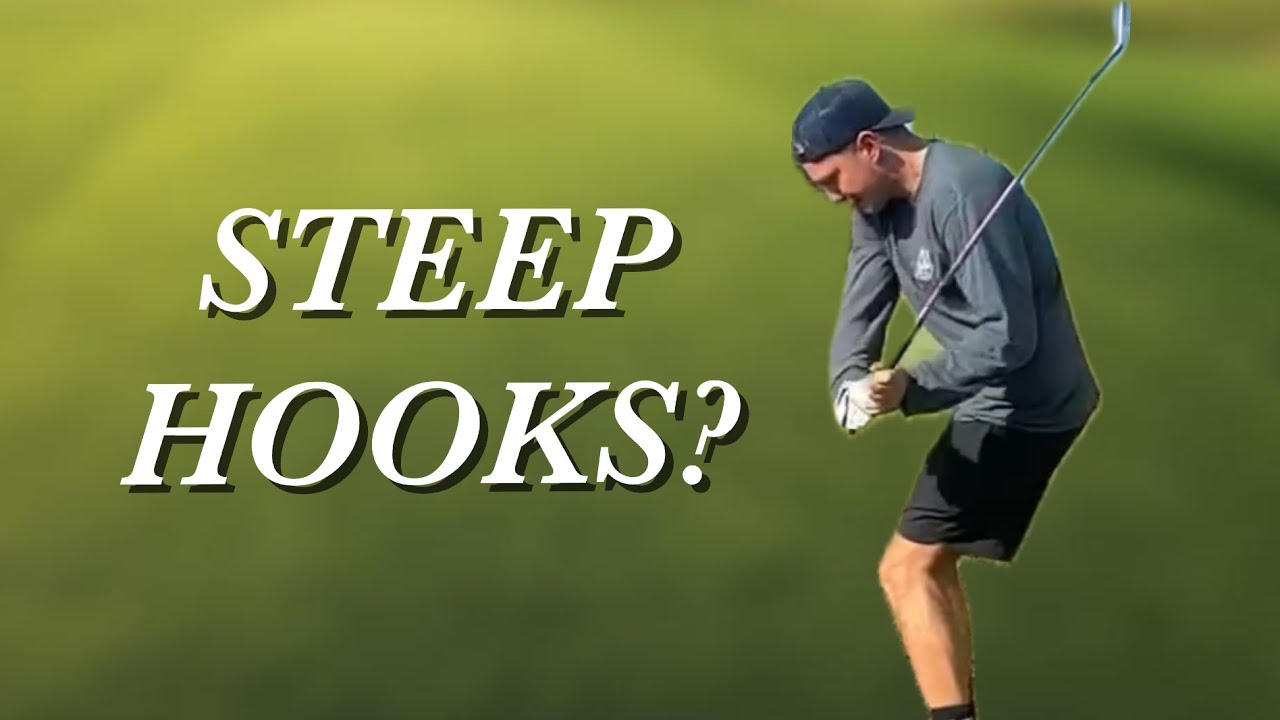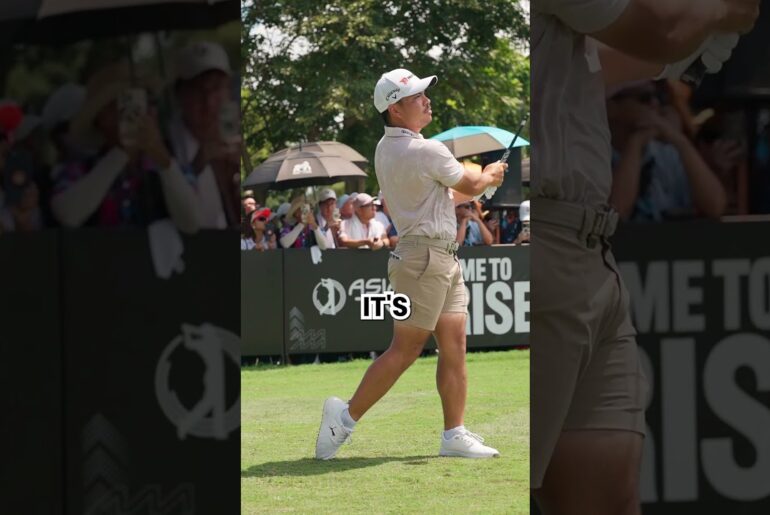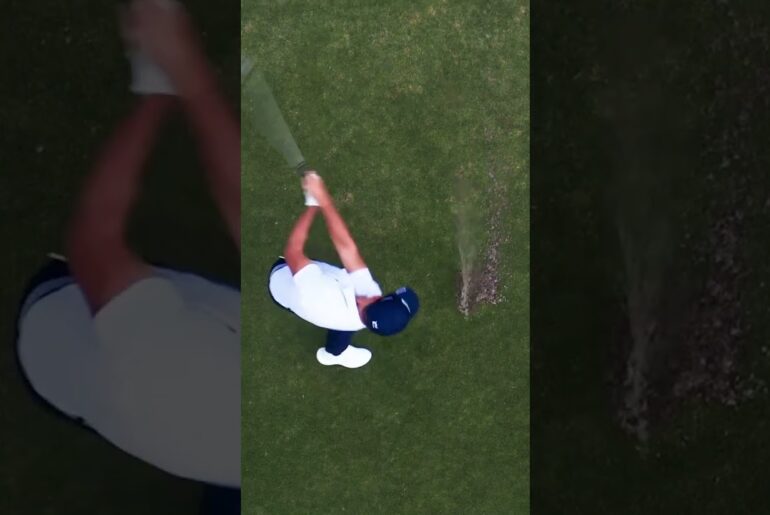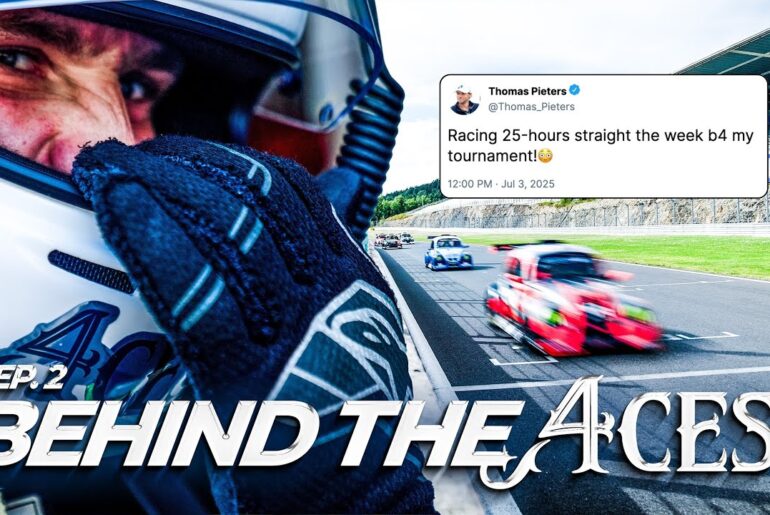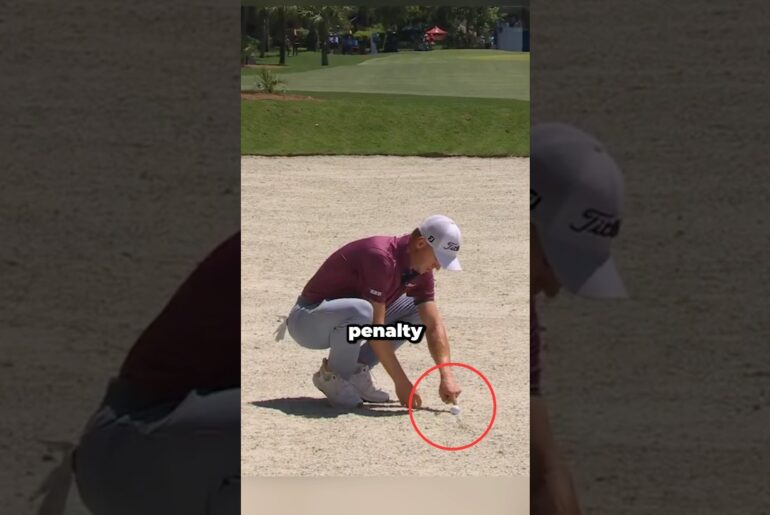Enjoy this STUDENT SWING ANALYSIS 🔥
This was a clip from an online lesson, particularly with a good player who plays a steep fade.
He’s been wanting to get more *consistent* and get away from his pulls & slices, but whenever he tries to shallow the club, he struggles with blocks and hooks. You’ll learn why through this video 🤙
_________________________________
Hello, My name is Shauheen Nakhjavani, Co-founder of Nakhjavani Golf. I have been a golf coach for 10+ years, I’ve given over 25,000 lessons in-person & online, and I have worked with many professional players; including Kevin Chappell, Stephen Ames, Darren Clarke, Calum Hill, Yannik Paul, Eddie Pepperell, Jeremy Paul & many others!
If you want to learn more about my style of coaching, you can find more instruction here:
➡️ Instagram: https://instagram.com/shkeengolf
➡️ Instagram: https://instagram.com/nakhjavanigolf
➡️ Twitter: https://twitter.com/shkeengolf
🏌️♂️ SIGN UP FOR ONLINE GOLF LESSONS here: https://apps.apple.com/ca/app/snead-online-golf-coaching/id6452275983
The way the golf swing works in its like simplest form is it’s essentially a combination of things that either shallow you out or steepen you out. Right now I always like to look at two macro elements. Uh if I were to define it in two separate ways and I’ll jump ahead just for a second to talk about them. There is the positions of the hands and club throughout the golf swing. So are the hands in front of you? Are they behind you? Is the club in front of you? Is the club behind you? So the arm structure and the club movement. Let’s define that as like one package deal. And then there’s the way the body moves. So the pivot and let’s consider that like a second package deal. And obviously we can dive into this much more technically and specific but I’m trying to like simplify it just for the explanation. Okay. So the problem that you’re in at the moment is that you have steeper club tendencies. So the way that your arms and club work into the ball are much more on the steeper side. And the reason that you don’t swing too far across the ball. So the reason that your path is only let’s say 3° from the outside and not seven or eight is because you have shallower tendencies with your body. Your body does not rotate very well through the golf ball. Your body stalls and jumps up a lot. Right? that impact, you have very little hip turn, very little chest rotation, and a lot of stalling and jumping and throwing of the hands, which the flippy release is very common with a golfer who’s not rotating very well through the golf ball. So, you have very steep tendencies with the club and you have slightly shallower tendencies with the body and the steeper tendencies overpower the shallow tendencies, which is why the path is still 3° from the outside. That’s like a simple way to think about the golf swing. the problem you have. Okay, and this is where I’m going to lead this specifically to the comments you left me. If you try to feel wider, which in theory means, and we’ll talk about this right here, if you try to feel wider, which in theory would help you get the arms a little further back and around you, create a little bit more space to this arm that’s collapsing and getting narrow, creating a lot more distance between your arms and your body, that in theory is going to help you shallow the plane out. Now the problem is if you have a shallower arm and club movement, okay, you need slightly steeper body movements to offset it to balance it out. If you have steep club and you have steep body, you’ll get way too far across the ball. That’s what we see with a lot of high handicappers, for example. They’re over the top with the chest and they’re over the top with the club and he creates too many steep tendencies and they cut across the ball. The opposite is also problematic and it’s more of a better players miss but we see it too which is if the arms are very shallow but then the body is stalling and not rotating and also creating very shallow movements which again I’m going to visually show you. It creates too many shallow movements which then can lead to blocks, hooks and the low point that gets too shallow essentially too far behind the balls. You’re going to hit it fat. You’re going to hit it all over the place. That is 100% of the reason why trying to get wider for you has not worked. It’s the problem is you can’t just work on the arms and the club. It’s not enough. You have to also offset that change or balance it out by getting the body to move better at the same time if ever you’re going to take that approach. Because right now, although the swing relies heavily on timing, timing really is always going to exist in the golf swing, but it tends to get amplified when the body doesn’t move very well. Okay? It’s going to rely on more timing for most golfers. And so, the problem you’re in is that your swing heavily relies on timing because the body doesn’t move well. But in terms of balancing the pattern out, it’s not that off. You have a steeper club movement with a shallower body movement. And ideally, those two things will balance each other out to a certain degree. If you try to shallow out the arm structure, then you would need to steepen the body movements to also balance it out. I hope that makes sense. And that’s kind of the pickle that you’re in right now is that when you try to just clean up the arm structure, you get stuck in this gray area where number one, you don’t see the ball flight that you prefer to see to begin with. So, it’s hard to commit to a change like that anyways. And then number two, even if you do commit to it and you see a different ball flight, it ends up becoming too extreme on the shallow side, too inside out blocks, hooks, fats, because your body doesn’t balance out the shallower arms and club movement. Okay, so that’s really where we need to work on. And for me, to be honest, I like the idea of getting wider. I don’t actually mind it. You know, setup looks really good here. As we’re taking the club back, club is, you know, club face is under control. whole club goes back a little bit steeper. I don’t really have any issues there. You get to the top. The only real thing I don’t like here is to some degree that narrowness that you’re referring to. Obviously, I would love to see what your representation of width even looks like to begin with. Okay. But obviously in an ideal world, getting a little wider uh would certainly help getting the trail arm not to collapse so narrow and internal. And then if anything longterm, maybe getting you to load just slightly deeper into the hip. But really, it’s the arm structure that’s problematic here. And then coming down when you transition, if we got the arm structure and the wrist angles to change slightly, I can get this elbow back in front of you. I can get this club to shallow out better. Right? So, in theory, if you get wider and you get the trail arm moving the right way, I can get the club on a shallower plane, which is what we would want to do long term because that’s what’s going to allow the body to move better. But the body will actually have to move better if number one you ever want to still see a fade and number two if you want to make sure the low point stays in front of the ball and you don’t rely even more so on timing hitting blocks hitting hooks and all of that. Right? So getting the club on a shallower plane is a good thing.

